11 HRV Secrets: How Tracking Your Heart Rate Variability Unlocks Peak Wellness
Your heartbeat has a rhythm—but the magic lies in its variability. Heart Rate Variability (HRV) isn’t just a trendy metric; it’s one of the most revealing signs of how well your body is coping, recovering, and thriving. Unlike a basic heart rate count, HRV measures the tiny fluctuations between each beat—subtle shifts that speak volumes about your nervous system, resilience, and overall health. Think of it as your body’s internal dashboard: when HRV is high, you’re primed for performance, recovery, and emotional balance. When it drops, it’s a warning light. In this guide, we’ll unlock 11 powerful secrets to improving your HRV and using it as a daily tool for wellness. Whether you’re chasing peak fitness, deeper sleep, or simply a calmer mind, understanding HRV can change the way you approach health—from reactive fixes to proactive mastery. Let’s tap into the rhythm behind the rhythm—and make it work for you.
1. Understanding HRV: The Science Behind the Numbers
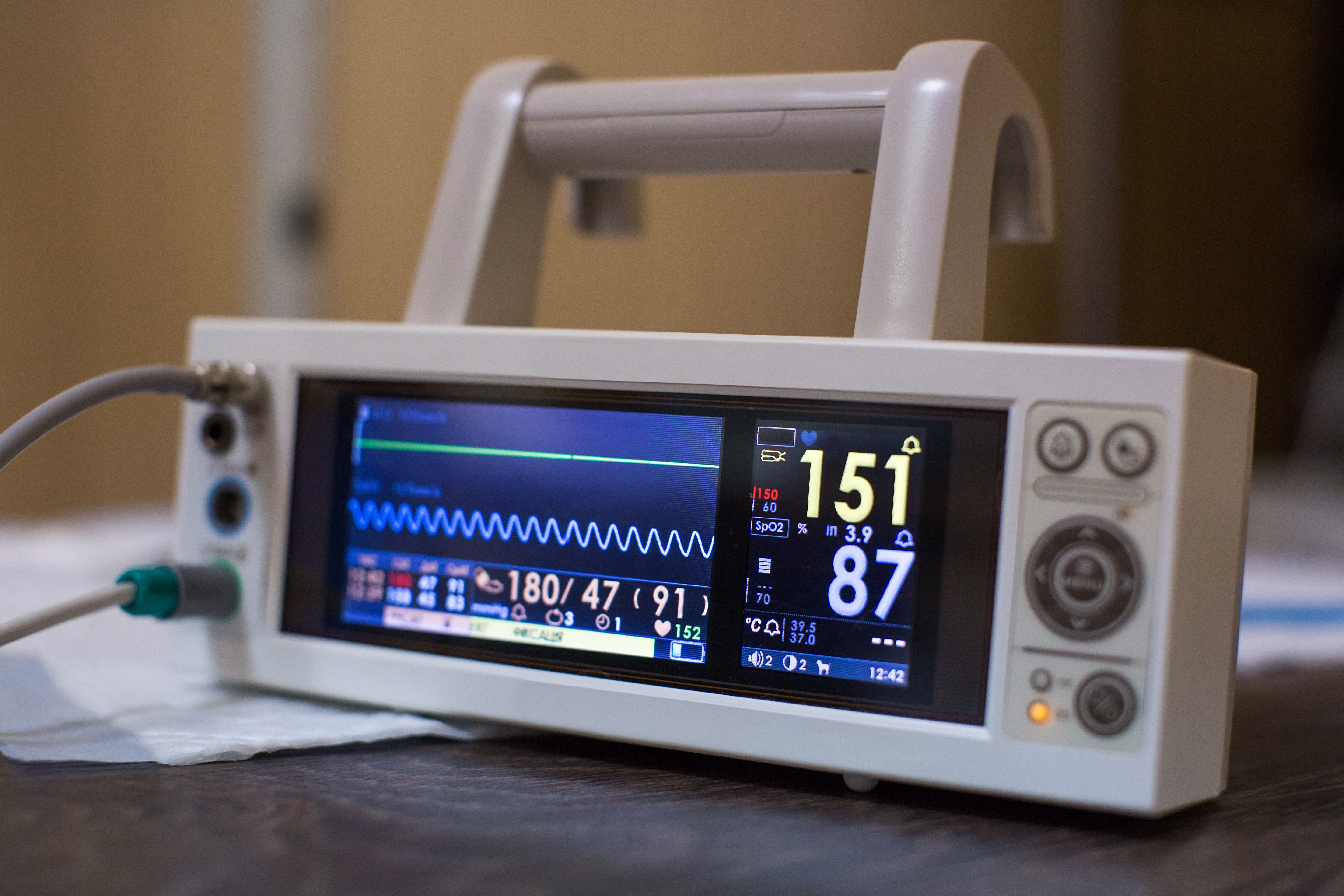
Heart Rate Variability is grounded in the science of the autonomic nervous system (ANS), which comprises the sympathetic and parasympathetic branches. The sympathetic nervous system prepares the body for 'fight or flight' responses, while the parasympathetic system promotes 'rest and digest' activities. HRV measures the dynamic interplay between these systems. A high HRV indicates a robust ability to switch between sympathetic and parasympathetic states, signifying resilience and adaptability. Conversely, a low HRV may suggest chronic stress or fatigue. Understanding these nuances can empower individuals to make informed decisions about their health and lifestyle.
2. HRV as a Stress Monitor: Detecting Hidden Stressors

HRV serves as a sensitive barometer for detecting stress levels that might not be immediately apparent. By monitoring HRV, individuals can identify hidden stressors in their lives, whether they stem from physical exertion, emotional strain, or environmental factors. This insight allows for proactive stress management, enabling individuals to implement strategies such as mindfulness, meditation, or yoga to mitigate stress. By recognizing and addressing these stressors early, one can prevent the adverse effects of chronic stress, such as burnout, anxiety, and cardiovascular issues, thus paving the way for a healthier, more balanced life.
3. Enhancing Athletic Performance: The HRV Edge

For athletes and fitness enthusiasts, HRV offers a competitive edge by tailoring training regimens to the body's readiness. Monitoring HRV can reveal when the body is primed for intense workouts or when it requires rest and recovery. This personalized approach prevents overtraining, reduces the risk of injury, and optimizes performance. By aligning training intensity with the body's physiological state, athletes can enhance endurance, strength, and overall fitness. HRV-guided training not only maximizes physical capabilities but also ensures long-term athletic development and sustainability.
4. Sleep Quality and HRV: The Restorative Connection

Quality sleep is a cornerstone of health, and HRV provides valuable insights into sleep patterns and recovery. By analyzing HRV data, individuals can assess the restorative quality of their sleep, identifying disruptions or patterns that may affect overall well-being. A high HRV during sleep suggests effective recovery and readiness for the day ahead, while a low HRV may indicate insufficient rest or poor sleep quality. By understanding these patterns, individuals can make informed changes to their sleep environment or habits, enhancing the restorative power of sleep and promoting optimal health.
5. Emotional Resilience: Building a Stronger Mind

Emotional resilience, the ability to adapt to stress and adversity, is closely linked to HRV. A higher HRV is associated with greater emotional stability and resilience, reflecting a well-regulated autonomic nervous system. By monitoring HRV, individuals can gauge their emotional health and identify areas for improvement. Techniques such as deep breathing, meditation, and cognitive behavioral therapy can enhance HRV and emotional resilience. By strengthening emotional resilience, individuals can navigate life's challenges more effectively, maintaining mental health and fostering a positive outlook.
6. Chronic Illness Management: A New Perspective with HRV
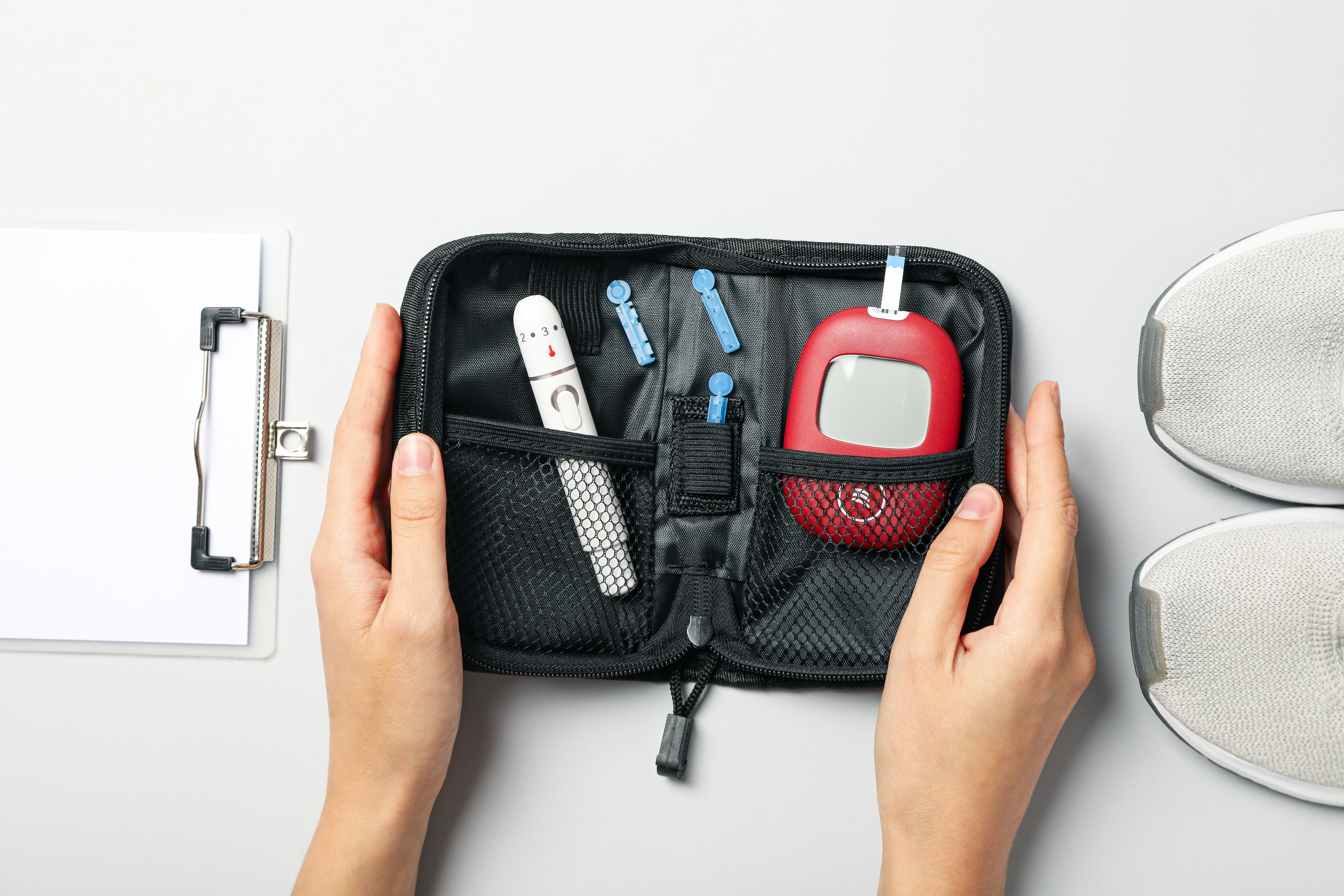
For individuals managing chronic illnesses, HRV offers a novel perspective on health monitoring and management. Conditions such as diabetes, hypertension, and heart disease can significantly impact HRV. By tracking HRV, patients can gain insights into how their condition affects their autonomic function and overall health. This information can guide treatment plans, lifestyle adjustments, and medication management, improving disease outcomes and quality of life. HRV serves as a valuable tool for both patients and healthcare providers, facilitating personalized care and proactive health management.
7. HRV and Mental Health: Bridging the Gap

Mental health is intricately connected to HRV, with research indicating that individuals with higher HRV tend to exhibit better mental health outcomes. HRV can provide insights into the autonomic nervous system's role in mental health disorders such as depression and anxiety. By monitoring HRV, individuals can identify fluctuations that may correlate with mood changes or mental health episodes. This understanding can inform therapeutic interventions, such as biofeedback or mindfulness practices, that aim to enhance HRV and improve mental health. Bridging the gap between HRV and mental health offers a holistic approach to well-being.
8. Nutrition and HRV: Fueling Optimal Health
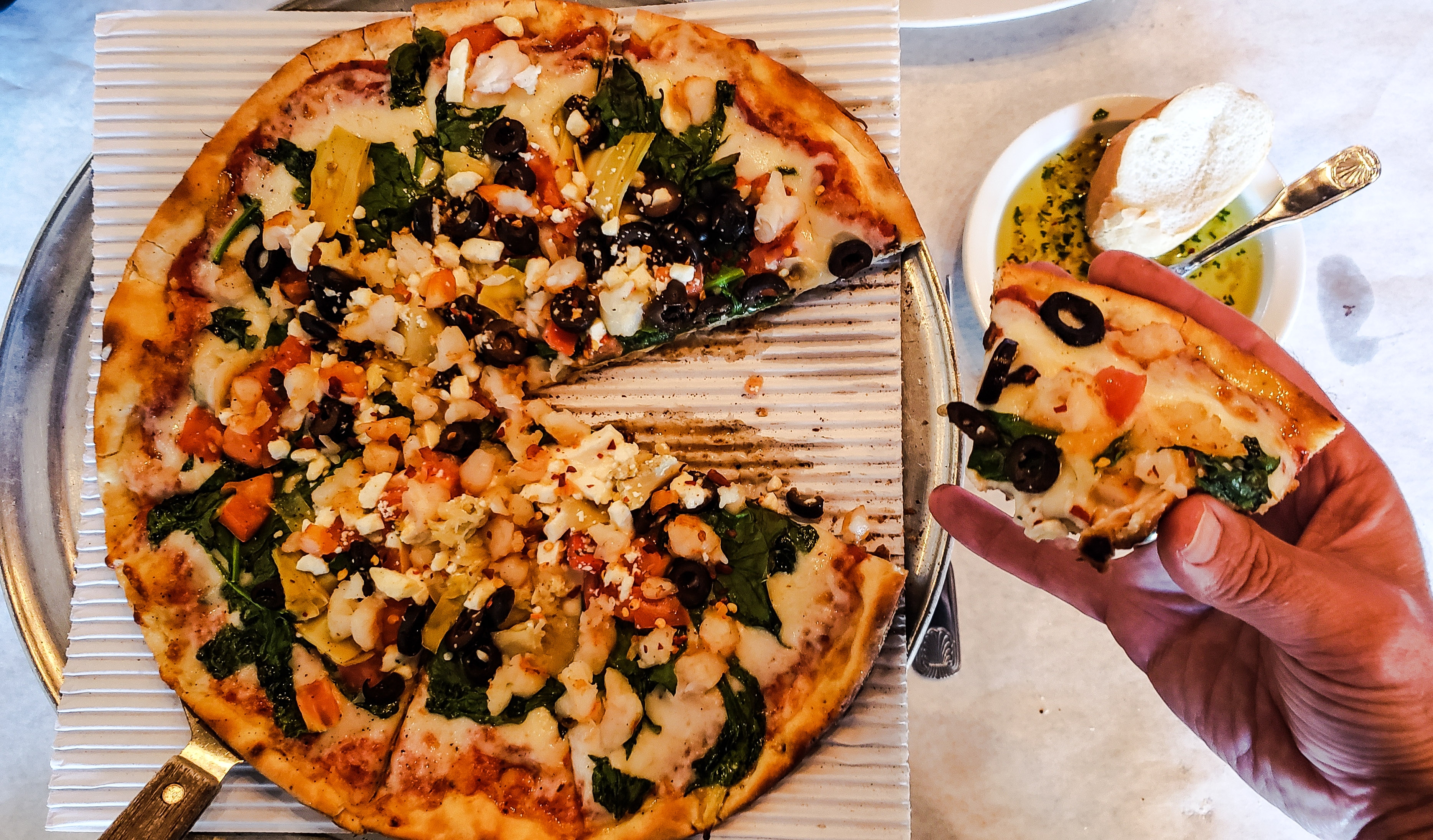
Nutrition plays a crucial role in influencing HRV and overall health. A balanced diet rich in nutrients supports autonomic function and can enhance HRV. Conversely, poor dietary choices, such as excessive sugar or processed foods, may negatively impact HRV. By understanding the relationship between nutrition and HRV, individuals can make informed dietary choices that promote optimal autonomic function and health. Nutritional strategies, such as incorporating omega-3 fatty acids, antioxidants, and micronutrients, can support HRV and contribute to a well-rounded wellness plan.
9. HRV and Aging: Navigating the Journey Gracefully

As individuals age, HRV naturally declines, reflecting changes in autonomic function. However, maintaining a healthy lifestyle can mitigate this decline and promote longevity. By monitoring HRV, older adults can assess their autonomic health and implement strategies to support aging gracefully. Regular physical activity, stress management, and a balanced diet are key components of preserving HRV and overall health in later years. Understanding the impact of aging on HRV empowers individuals to take proactive steps toward maintaining vitality and well-being throughout the aging process.
10. Technology and HRV: The Future of Wellness
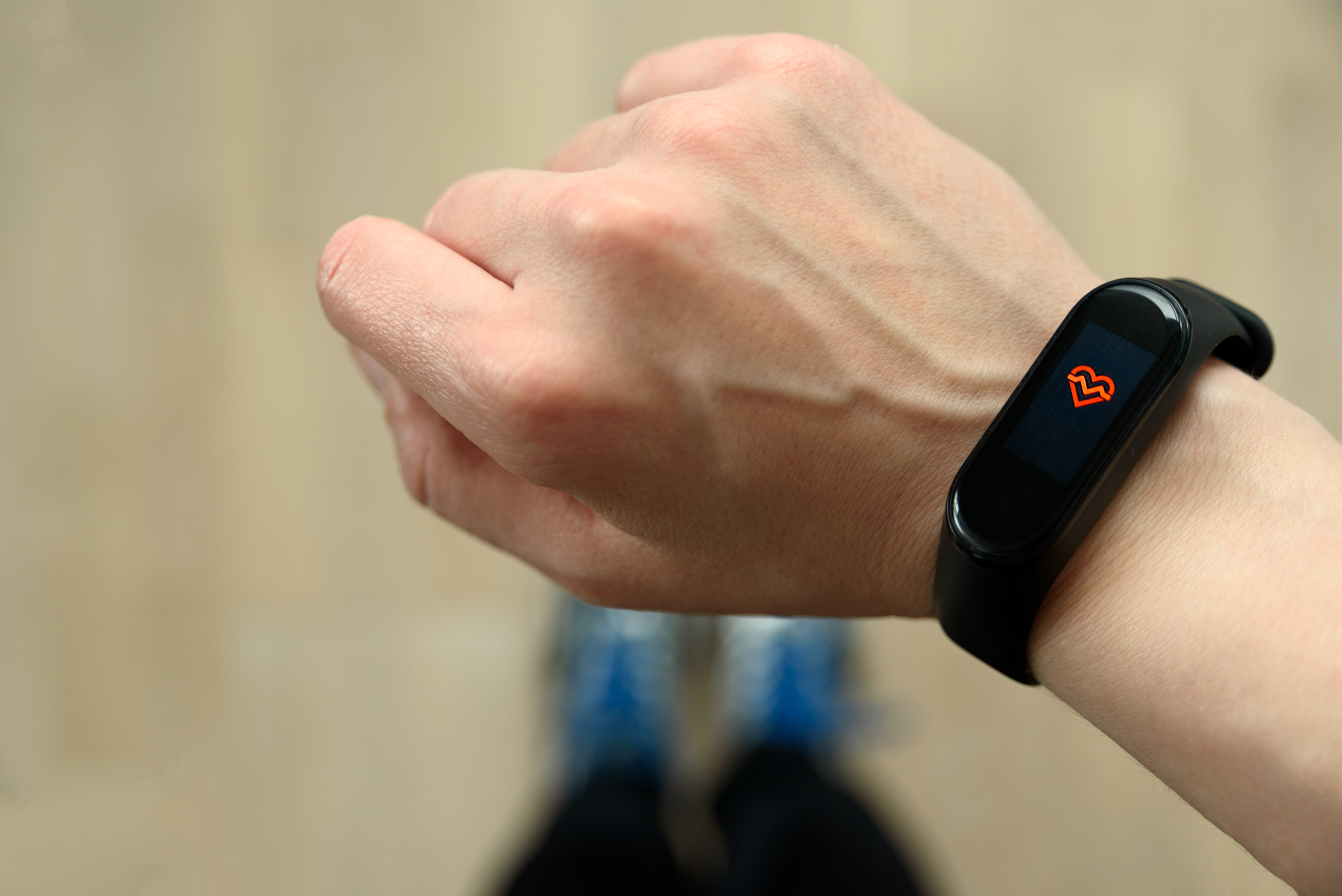
Advancements in wearable technology have revolutionized the ability to monitor HRV, making it accessible to individuals seeking to optimize their health. Devices such as smartwatches and fitness trackers provide real-time HRV data, empowering users with insights into their autonomic function and wellness. These technologies enable personalized health monitoring, allowing individuals to track progress, identify trends, and make informed lifestyle choices. As technology continues to evolve, the integration of HRV insights into everyday life will become increasingly seamless, paving the way for a future of personalized wellness.
11. Personalizing Wellness: HRV as Your Guide

The ultimate secret of HRV lies in its ability to personalize wellness, offering a tailored approach to health management. By understanding their unique HRV patterns, individuals can create a customized wellness plan that aligns with their body's needs. Whether it's optimizing training, enhancing sleep, or managing stress, HRV serves as a guiding light toward peak wellness. This personalized approach empowers individuals to take control of their health journey, fostering resilience, balance, and vitality. Embracing HRV insights as a cornerstone of wellness paves the way for a healthier, more fulfilling life.
Embracing HRV for Holistic Health
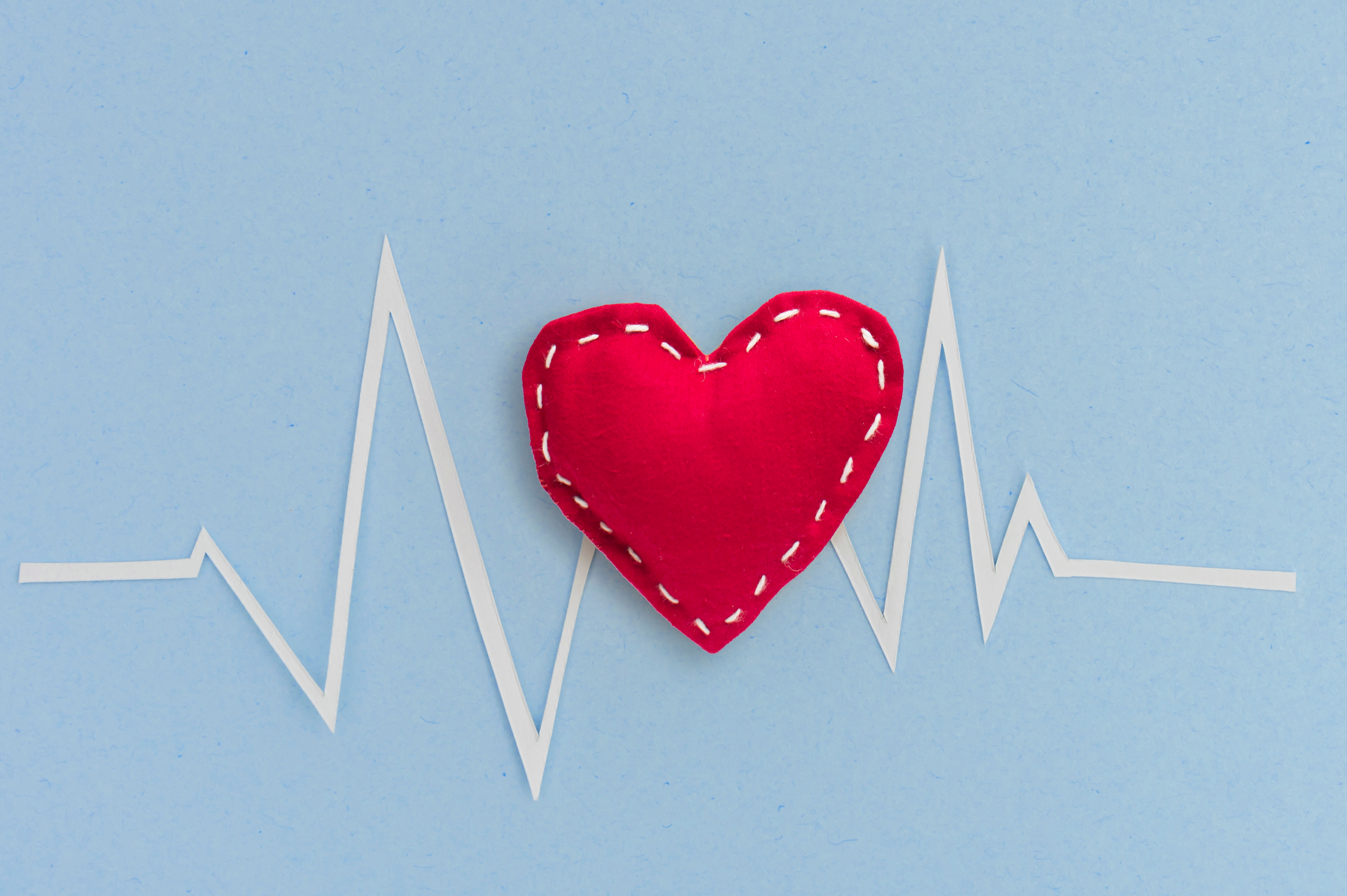
Heart Rate Variability isn’t just a number—it’s your body’s way of whispering what it needs, what it’s handling, and where it’s struggling. Tuning into HRV gives you an edge: the ability to respond instead of react, to train smarter, sleep deeper, and recover faster. Whether you’re chasing better workouts, lower stress, or simply a steadier mind, HRV turns guesswork into guidance. The beauty? It’s deeply personal—your HRV reflects you, not some generalized benchmark. And when you start using it intentionally, wellness becomes less of a grind and more of a rhythm. These 11 strategies are your toolkit—daily habits that nudge your nervous system into balance and build long-term resilience. Small shifts, big impact. Because the path to health isn’t about control—it’s about listening. So listen closely. Your heart already knows the way.